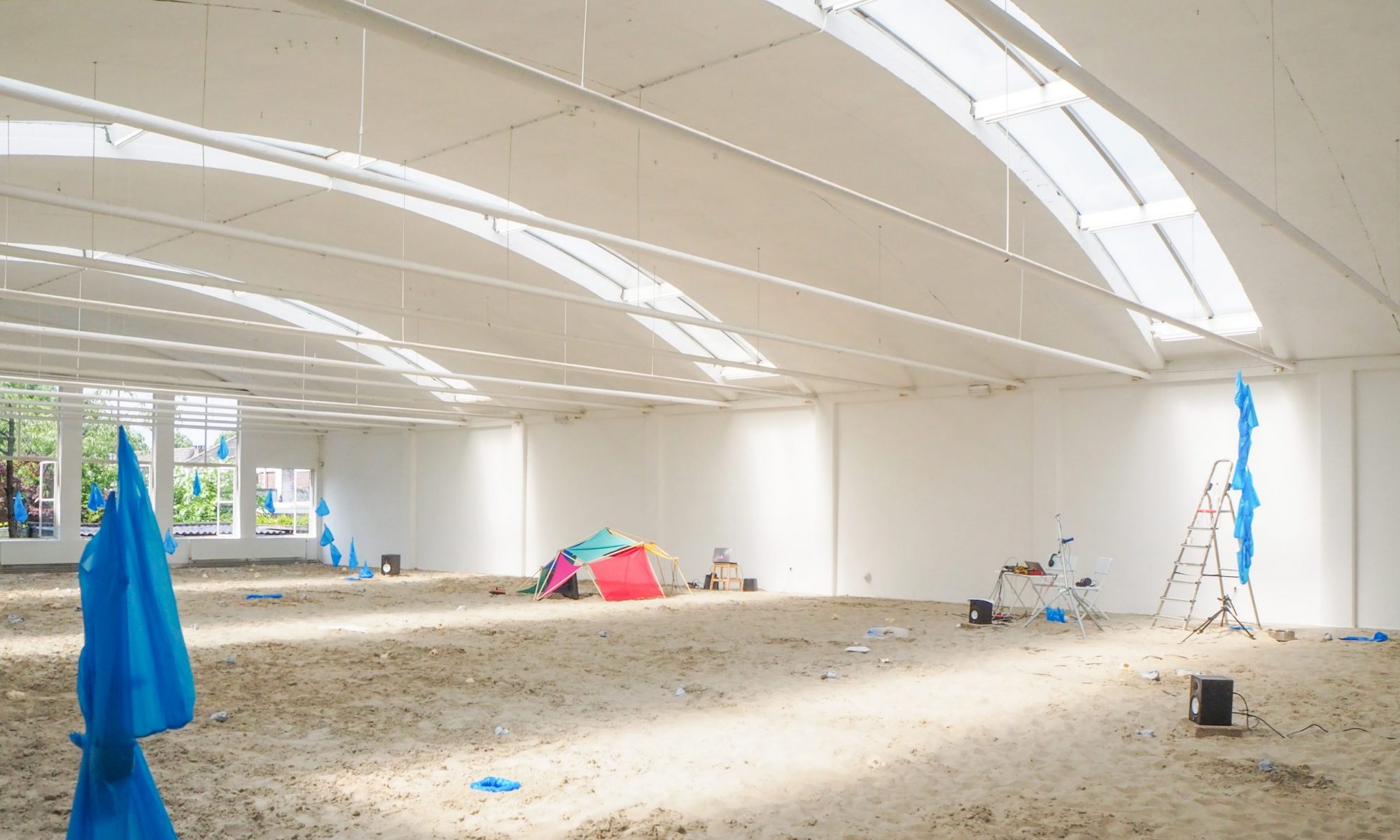At Sensory Threshold LAB we are interested in day to day phenomena. Especially in those we take for granted. We collaboratively explore phenomena of reality to question, contemplate, and emphasize their meanings to foster new and invigorating understandings of our role as humans within the context of the world and the universe.
May it be the grid of the pavement you are walking on, the sounds you hear when lifting a seashell to your ear, or the infrared color of a movement detector that irritates your eye and triggers your inspiration. The Sensory Threshold LAB offers the time and the space to explore and imagine our world anew through artistic expression and academic reflection.
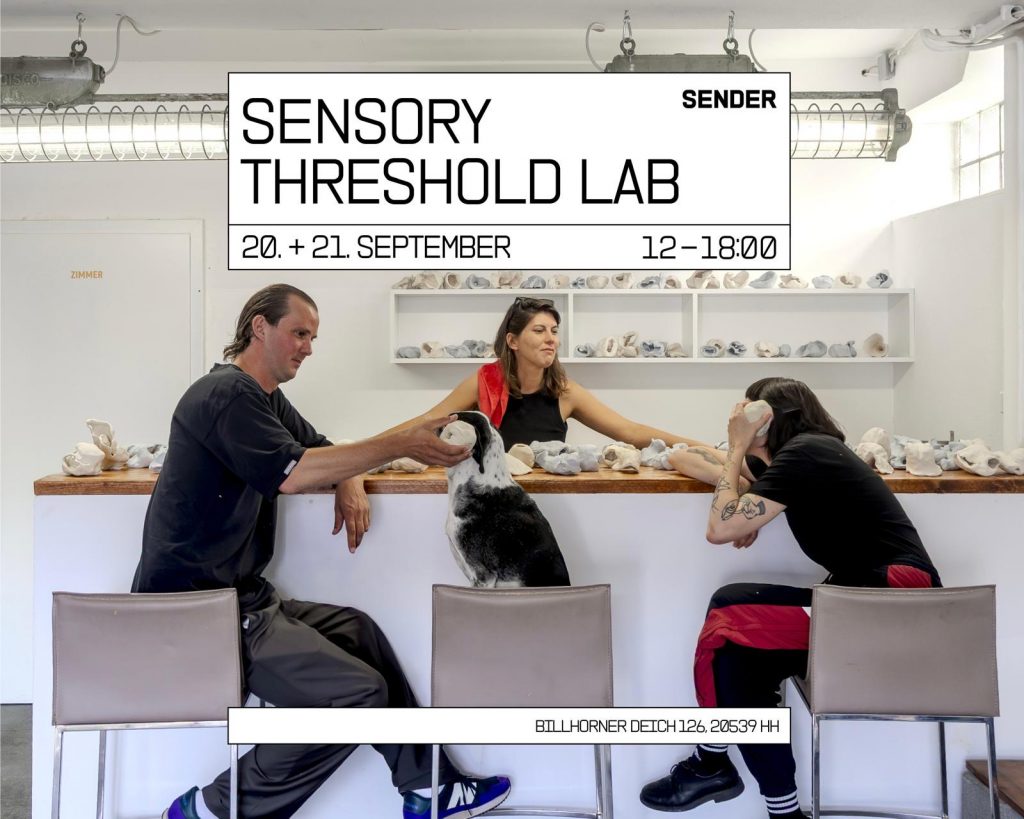
NEWS
🎧✨ Sensory Threshold Lab – SOUNDBAR – Mini LAB at Sender
On September 20 & 21, as part of the Open Studios of BBK Hamburg, we open the doors at Sender:
Since 2018, the artists Katherina Heil and Alexander Johannes Heil have curated the interdisciplinary Sensory Threshold Lab – an experimental format that every two years creates a temporary artistic cosmos in changing locations, where new works, workshops, and collective experiments emerge.
With our specially installed Soundbar at Sender, we invite you to rediscover the soundscape of the place and engage in deep listening.
Are you an artist, researcher, or simply interested in interdisciplinary, collective, and experimental working processes? Then come by, because we are always looking for exciting collaboration partners and institutions that would like to host and support our project.
👉 Stop by, get to know us, and discover the project!
Opening Hours Sat + Sun, 12:00 – 18:00
Billhorner Deich 126, 20539 Rothenburgsort
About us
At Sensory Threshold LAB we understand the artistic process as a means to freely investigate the world we live in. The LAB takes place annually in the form of a collective working period, bringing together artists, architects, scientists, and practitioners from other disciplines to engage in practical and intellectual dialogues.
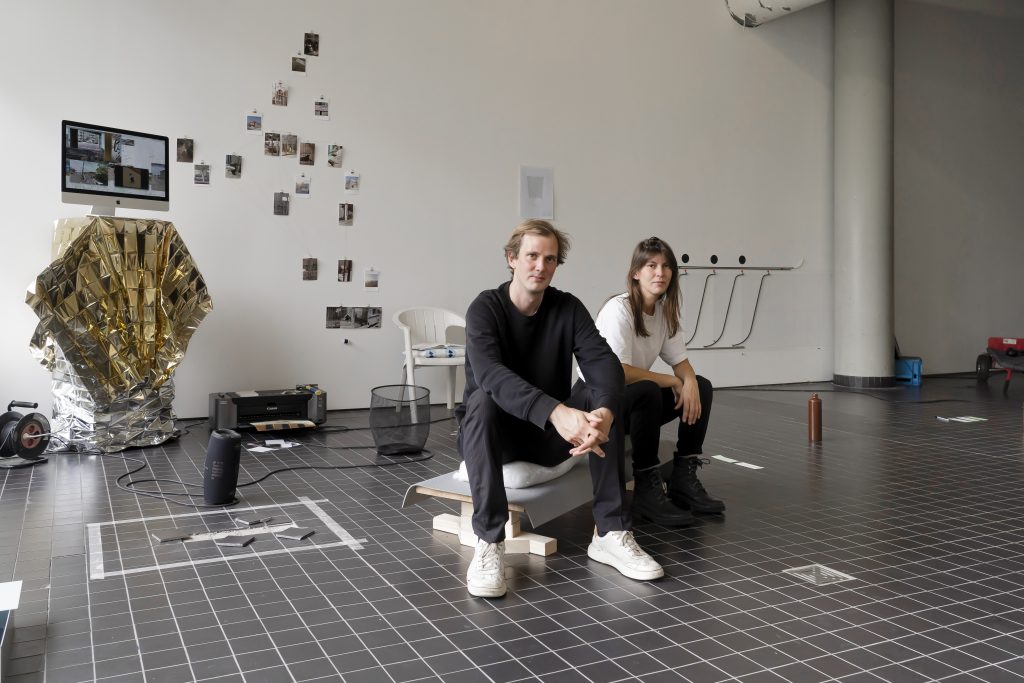
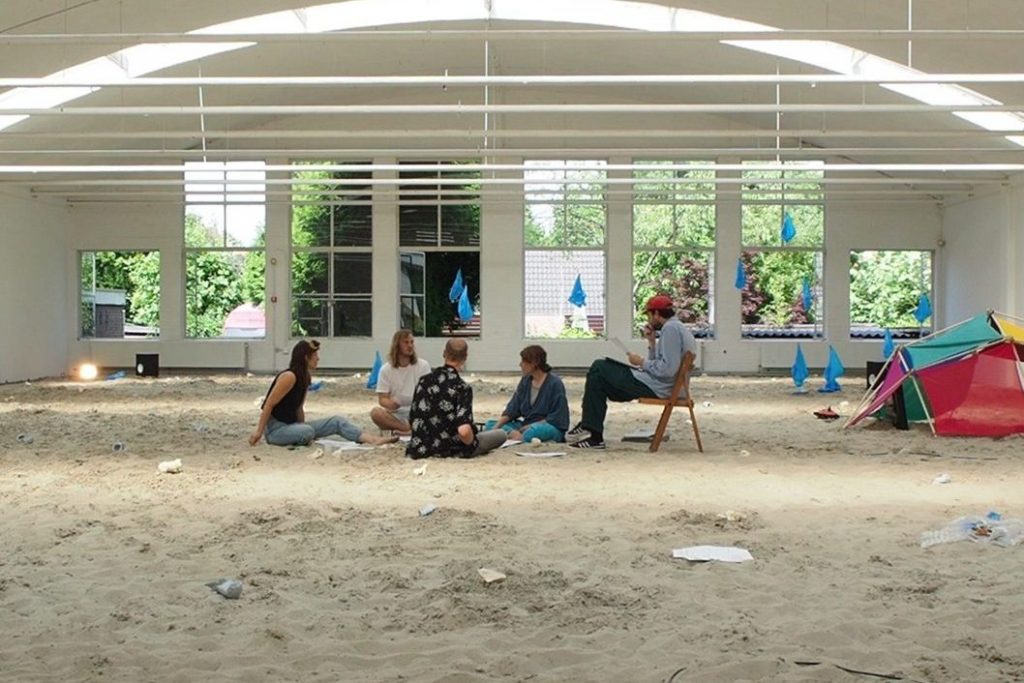
LABs
Art as a common ground – a space in which people from various backgrounds engage in conversations about nearly anything – is crucial to us to nurture a healthy relationship between the disciplines.
We believe that a lively exchange between the different disciplines is the backbone of a culturally thriving society. With the Sensory Threshold LAB we want to support the vision of a connected intellectual landscape.
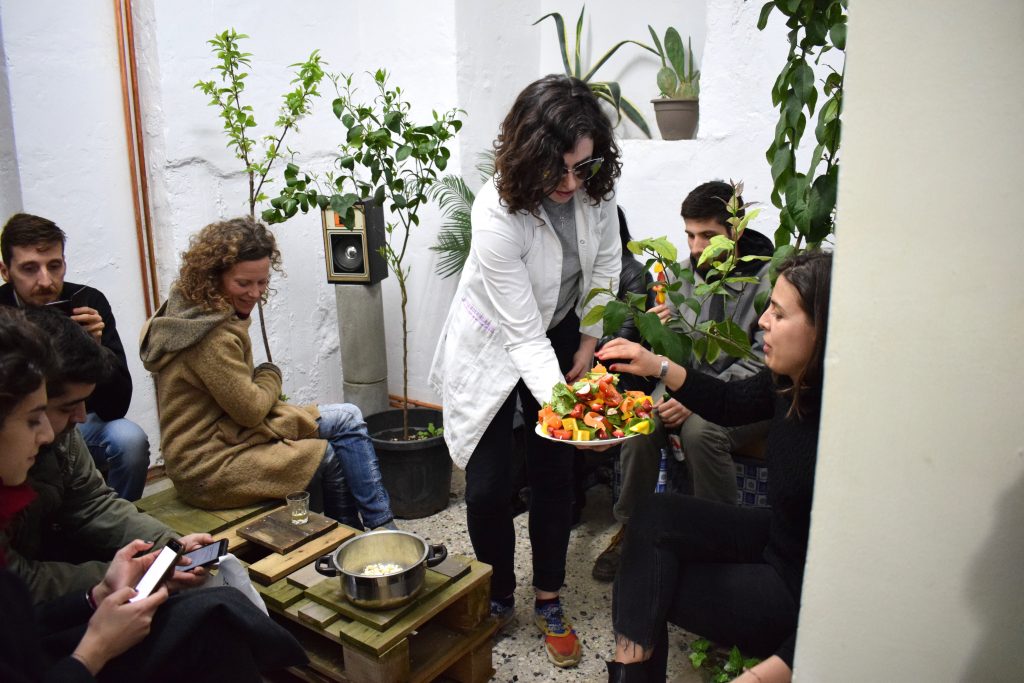
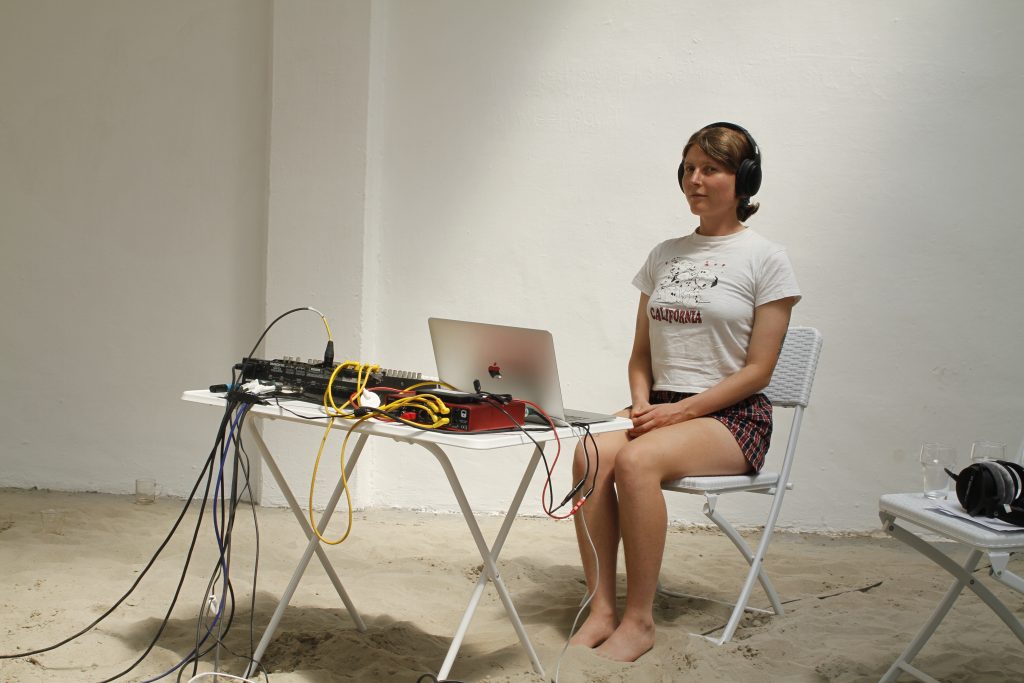
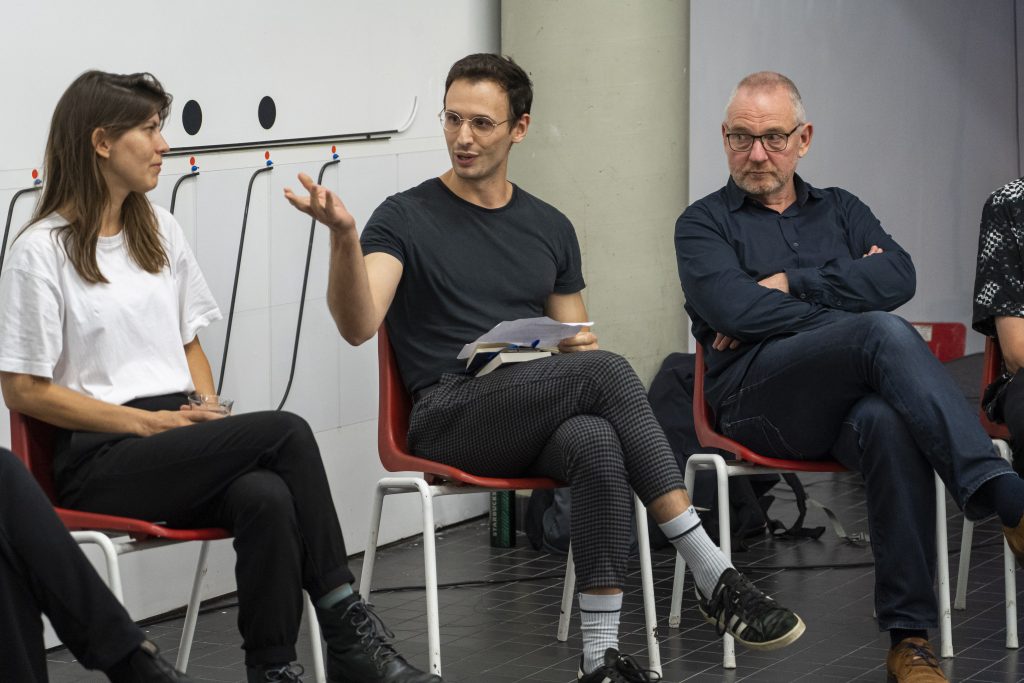
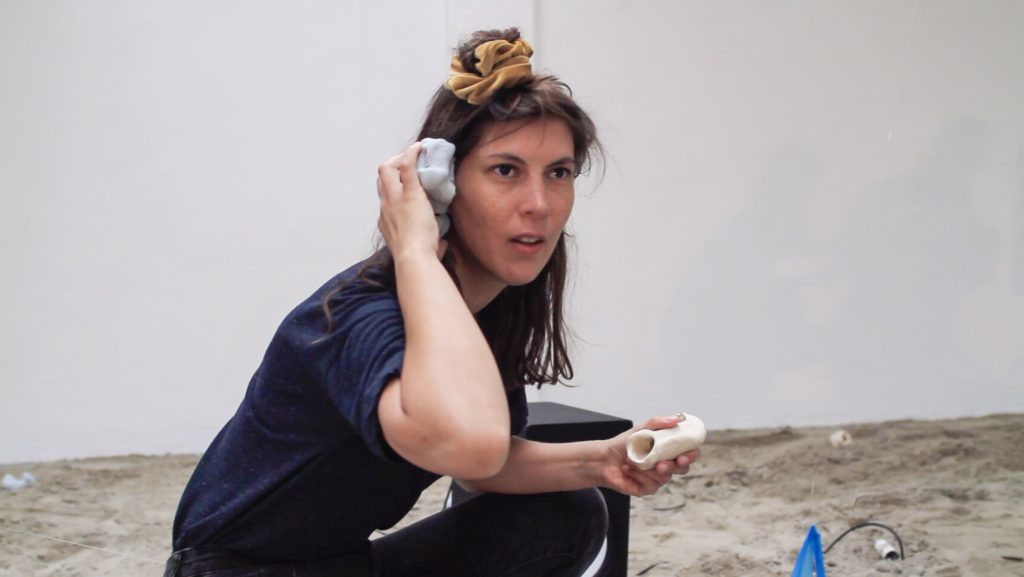
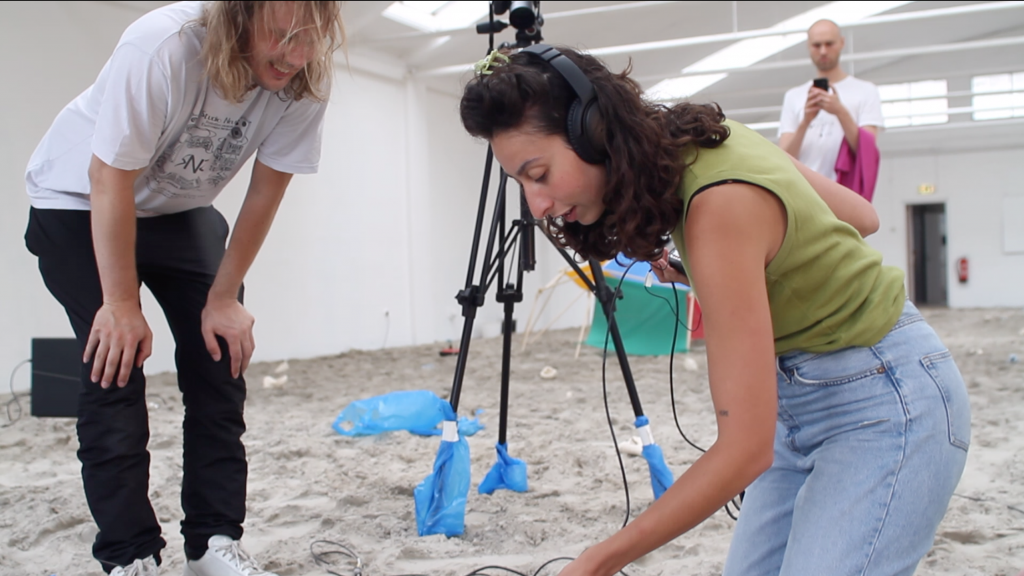
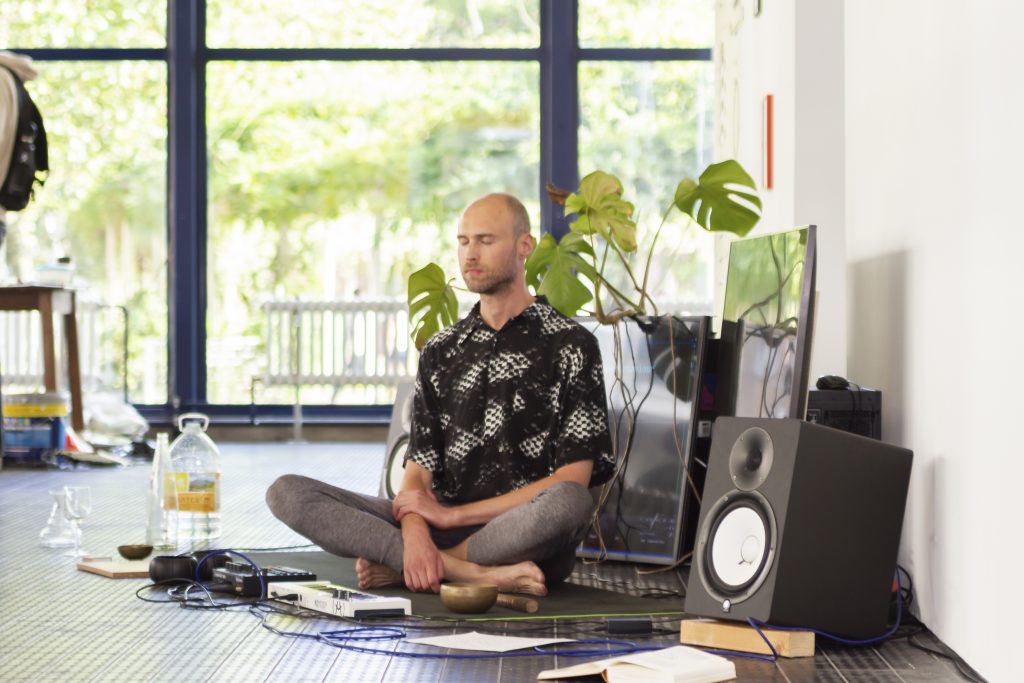
Have any ideas in mind?
Say, you are an institution, project space, or artist initiative interested in hosting a Sensory Threshold LAB;
or you are an artist, scientist, or professional in any other field and curious to collaborate with us,
please feel free to contact us at any time.
